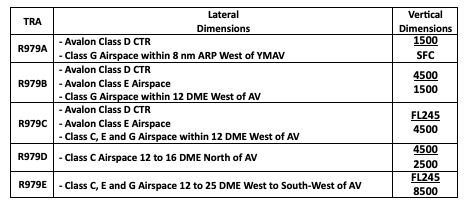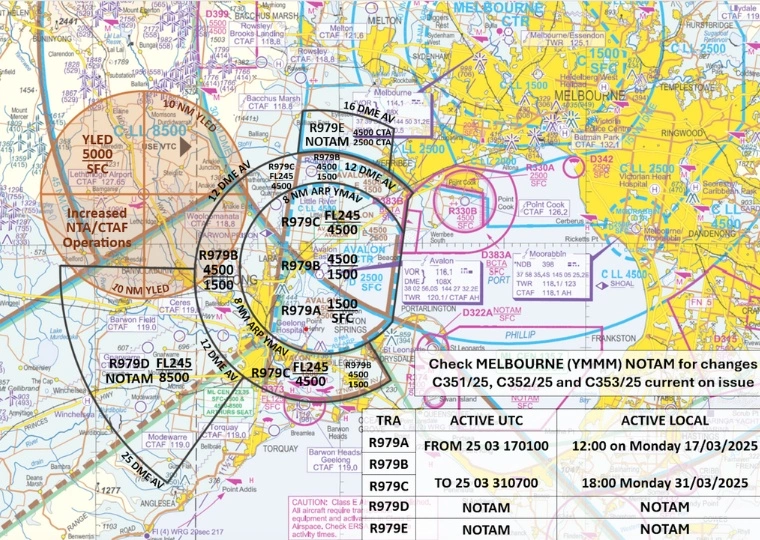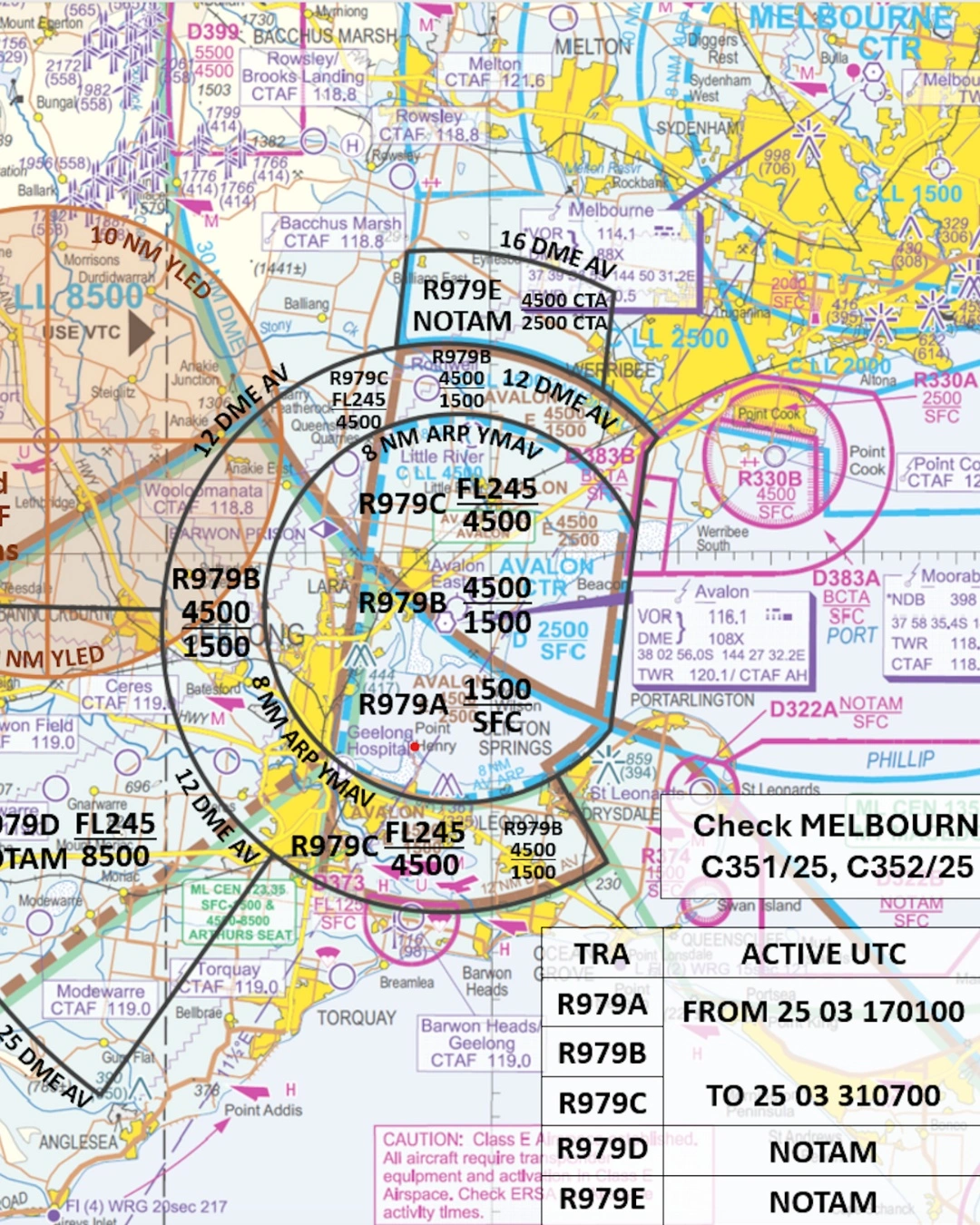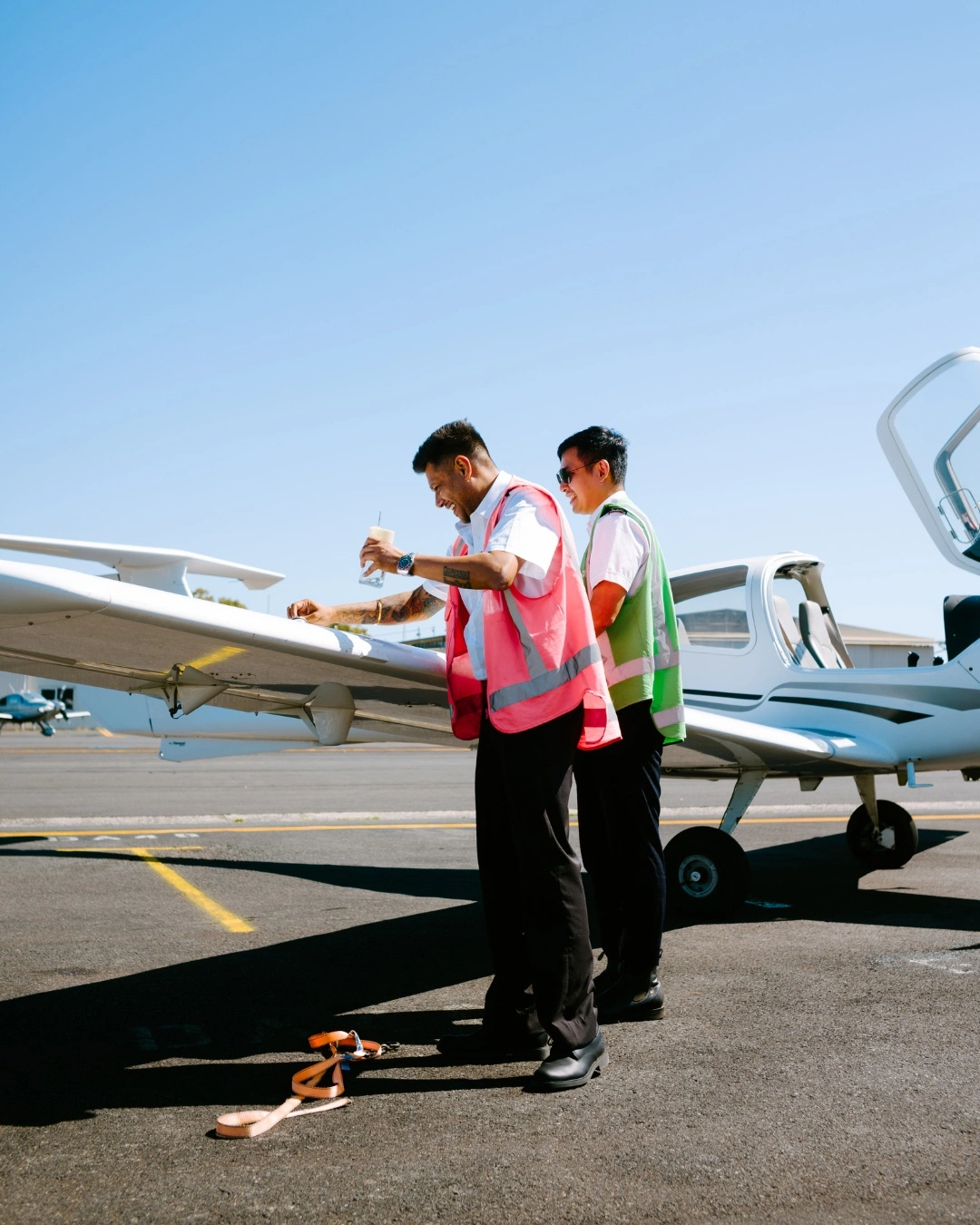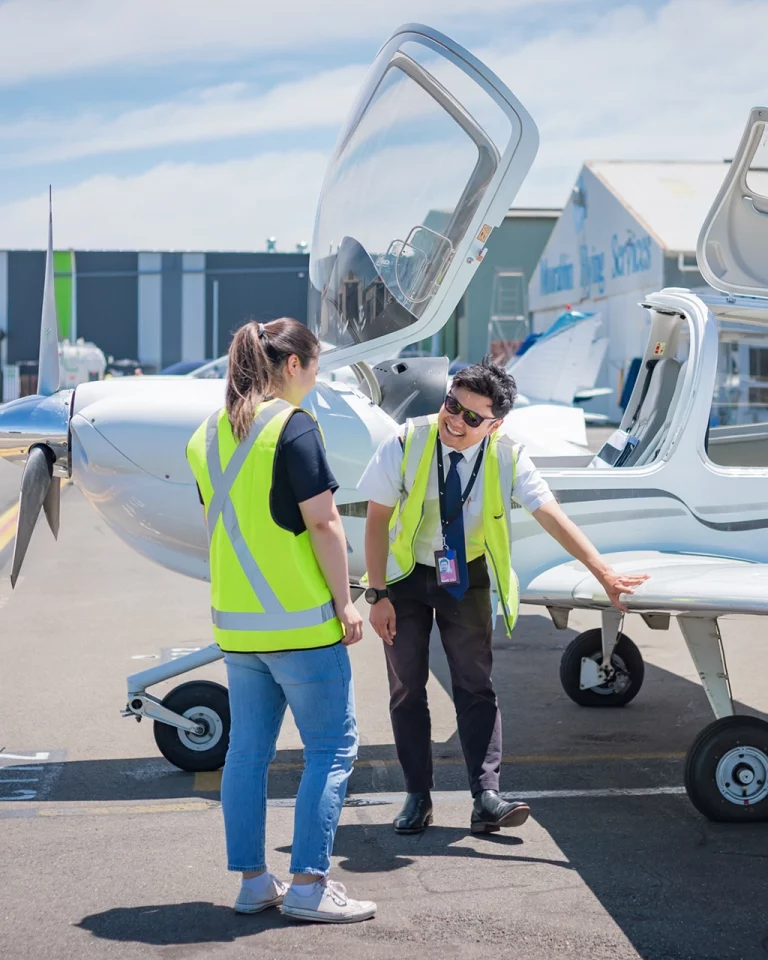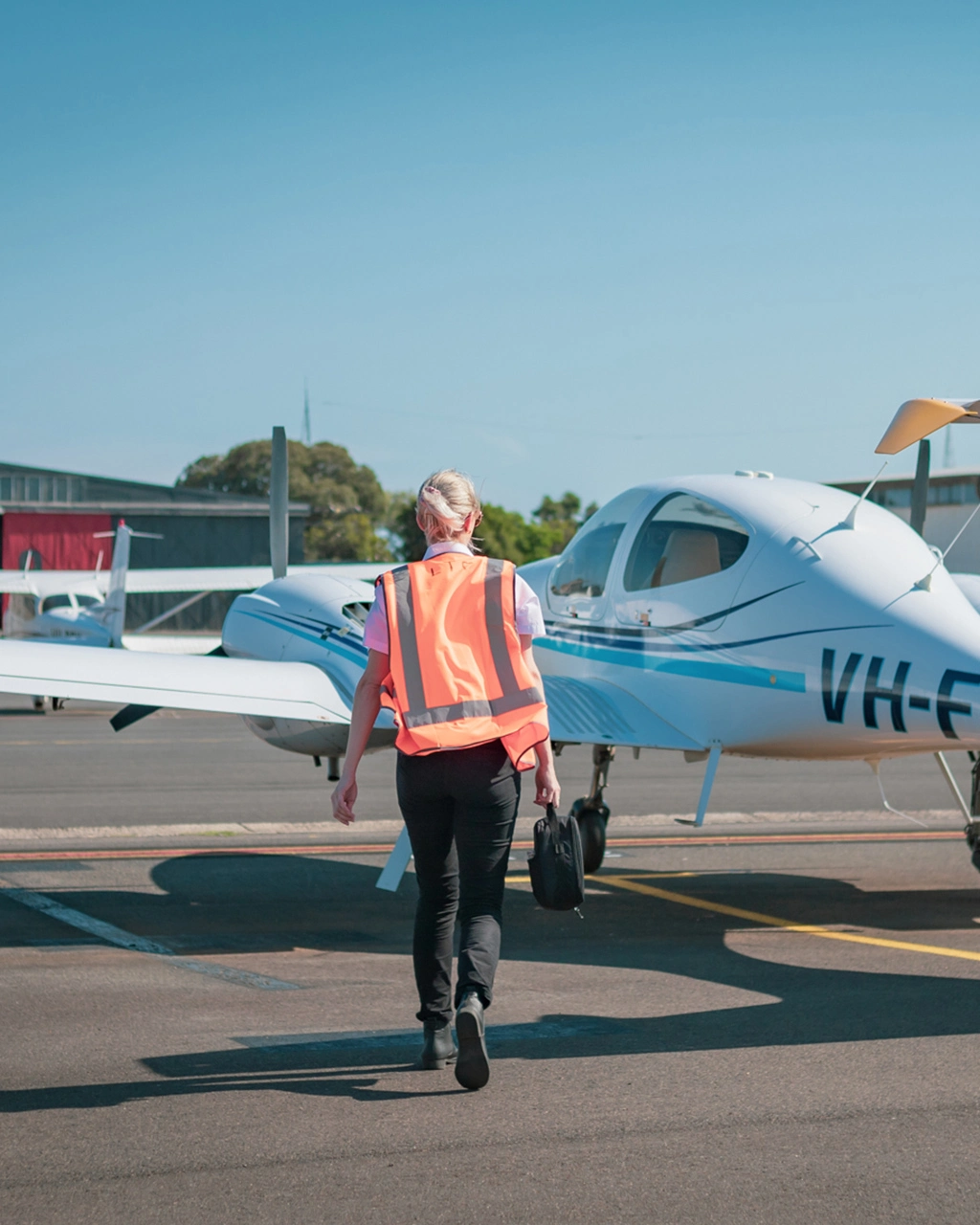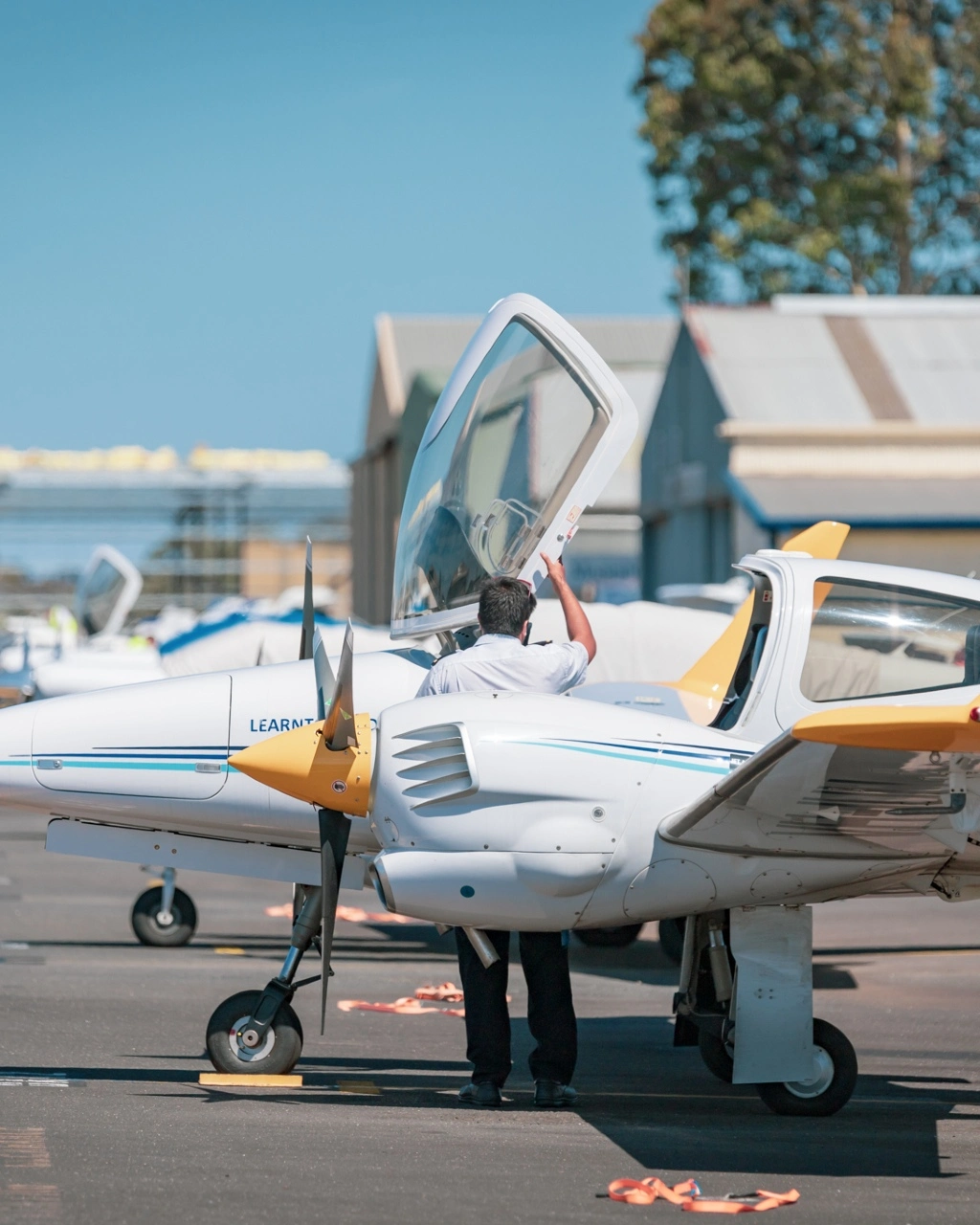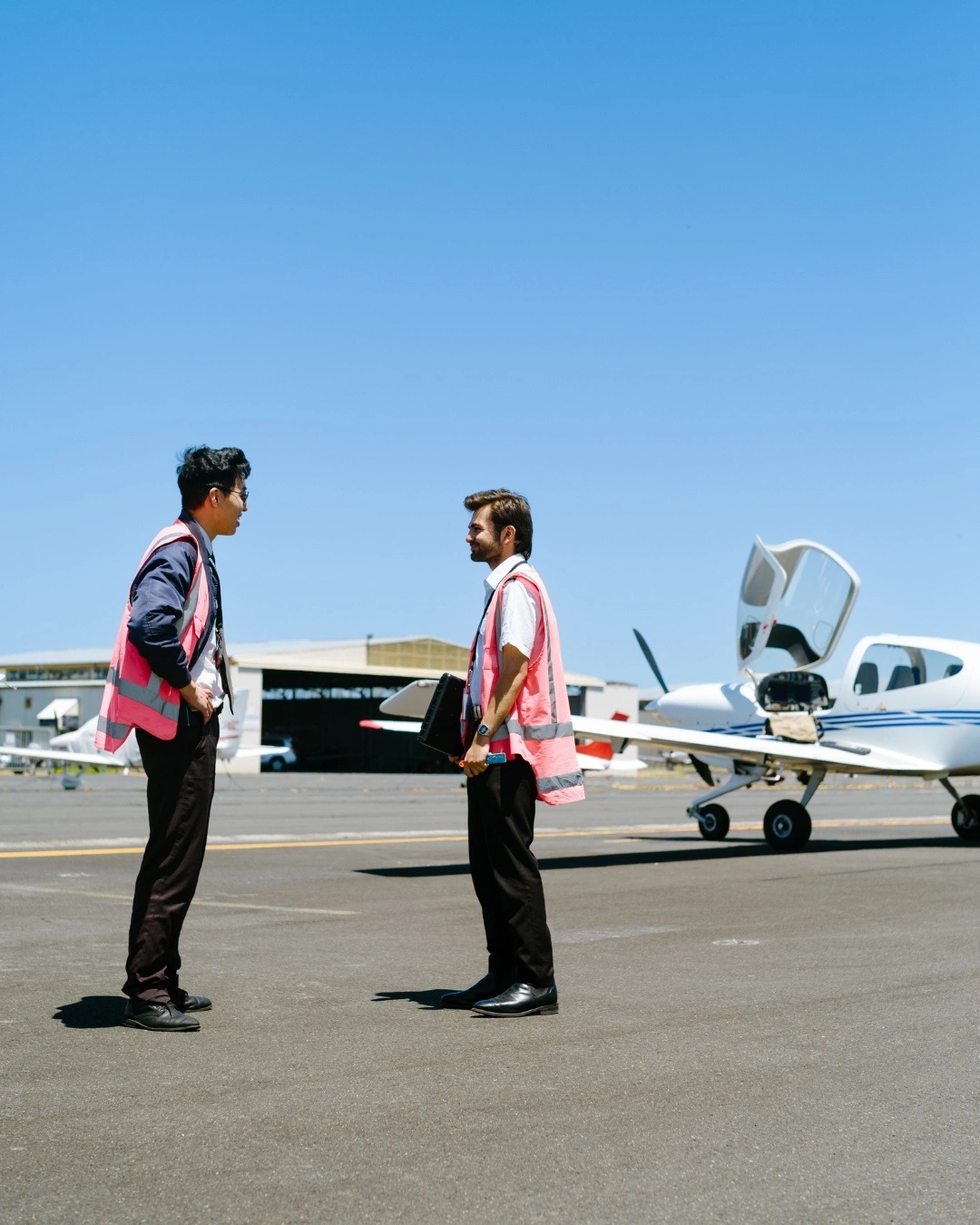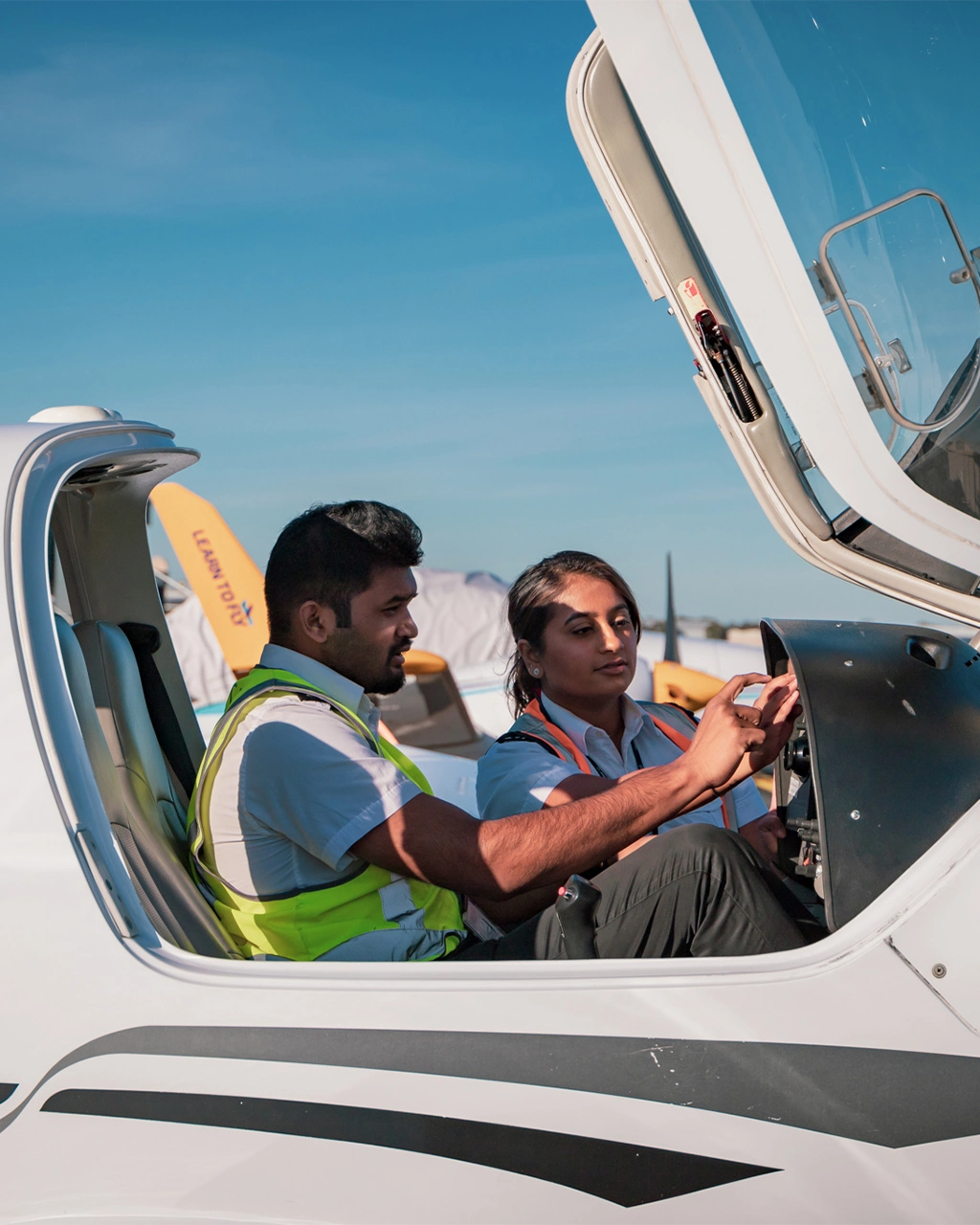For many years now, Australia has been termed as one of the best destinations where aspiring pilots go for training and licensing. With its varied weather conditions, large expanses, and highly recognized aviation standards, there is little surprise as to why many students opt to do commercial pilot training in Australia. This course is a must whether you want to fly for major airlines, private charters, or even teach others how to fly. Becoming a commercial pilot requires much dedication and effort; thus, it is of paramount importance that one understands fully what this journey will entail.
Below, we try to break down the key facets of how one becomes a pilot in Australia; we identify key aspects that one might expect from commercial pilot training, and add some tips for success along the way.
Stage 1: Understand how to become a pilot in Australia.
First, it is crucial to note that anyone willing to study must understand the step-by-step process of becoming a licensed commercial pilot in Australia. Normally, the pathway involves the following stages:
Obtaining a Private Pilot Licence: It is often the first big step one pursues as a pilot. A PPL allows flying solo and carrying passengers, though not for profit. PPL forms the basis of your skills in basic flight manoeuvres, navigation, and aircraft handling.
Commercial Pilot License Training: After obtaining the PPL, you need to start training for a Commercial Pilot License. The CPL is a kind of licence that will allow you to be paid for flying and, for that matter, get involved professionally as a pilot. Commercial pilot training introduces you to several advanced skills, such as night flying, cross-country navigation, and how to handle complex flight scenarios.
Flight time and experience: This is perhaps one of the most important aspects of the whole process. You have to chalk up a certain number of hours for flight logging so that you become eligible for a CPL. In Australia, at least 150 flight hours have to be logged as part of your training; again, this may vary according to the flight school and the type of training you enrol in.
Advanced Ratings and Endorsements: Depending on your career goals, you will have to pursue further endorsements in IR or MECIR. Both these ratings will extend the privilege of flying in wider conditions and, thus, widen your job prospects accordingly.
Airline Transport Pilot License: For those targeting major airlines, an ultimate licence is an ATPL. This licence is the highest degree of aviation certification, authorising a person to captain big commercial airliners.
Step 2: Commercial Pilot Training in Australia
Commercial Pilot Training in Australia is designed to particularly help you develop practical competencies and theoretical aeronautical knowledge, and also to enhance your decision-making skills to become a professional pilot. Here’s what you might expect during your training:
Aircraft General Knowledge
The Aircraft General Knowledge covers the technical insight necessary for an understanding of how an aircraft operates with regard to its structure, systems, and controls. Subjects include airframe structure, types of engines—turboprop, jet, and piston—and principles of aerodynamics that cover lift, drag, thrust, and stability.
They also discuss the hydraulic and pneumatic systems powering landing gear and brakes and the fuel system, including fuel quantity management and contamination control. Knowing these basics allows pilots to perform routine activities and to do simple troubleshooting in case problems arise.
The training also includes information on cockpit instruments, avionics, and environmental systems that will enable the pilot to read the flight data properly and provide comfortable and safe cabin conditions by means of pressurisation and oxygen systems.
Other important aspects are emergency equipment such as fire extinguishers and life vests, in addition to ice protection systems that help preserve safe operation in unfavourable weather.
With practice in these fields, pilots are equipped to safely conduct the flight while remaining situationally aware and ready to respond to contingencies.
Theoretical Ground School Training
Before hitting the skies, there’s some of the crucial theory that underpins aviation. Ground school is an important part of commercial pilot training and takes in a wide range of topics including:
Aerodynamics: The understanding of how aeroplanes fly, including the forces acting upon an aircraft while in flight.
Navigation: Properly plot courses, read aeronautical charts, and use radio navigational aids to reach destinations safely.
Meteorology: It refers to the knowledge that pilots have concerning weather, reading, and analysing weather reports, along with understanding how each kind of weather condition impacts flight.
Flight Planning and Performance: Learn how to plan a flight, estimate required fuel, and analyse the performance of an aircraft under various conditions.
Air Law and Regulations: Understanding the legislation that controls aviation in Australia and the rest of the world is critical to flying safely and within the law.
Human Factors: Man must understand the limitations he faces and the safety protocols that must be met to minimise flight risks.
This is, of course, the theoretical basis required for passing the written tests that form part of a Commercial Pilot License. It forms the basis of concepts that will be applied in practical flying throughout a career.
Hands-on Flight Training
Practical training in becoming a commercial pilot will involve extensive training in the cockpit. You will be put through this with experienced instructors who help you to master the required practical skills for flying aircraft under all conditions and environments. Here’s what will be included in the flight training phase:
Basic Flight Manoeuvres: You’ll start with mastering the basics, such as taxiing, taking off, landing, and performing standard manoeuvres. These fundamental skills will be the building blocks for more advanced training.
Cross-Country Navigation: As a commercial pilot, you’ll be required to fly longer distances and navigate between different airports. This phase of training involves planning and executing cross-country flights, building your ability to handle extended operations.
Emergency Procedures: During your training, you’ll also be taught how to handle emergency situations such as engine failures, forced landings, and adverse weather conditions. Learning to stay calm and make quick decisions during emergencies is an essential part of becoming a skilled commercial pilot.
By the end of your flight training, you’ll have developed a wide range of flying skills and accumulated the flight hours required to be eligible for your Commercial Pilot License.
Step 3: Preparation for Exam and Assessment
In Australia, you’ll need to sit for and pass a series of written exams and flight tests, administered through CASA in obtaining your Commercial Pilot License. These will test your levels of knowledge in aviation theory and regulations, and practical flying competency.
Practical tests are flight simulation scenarios where one is expected to show their capabilities in takeoffs, landings, navigation across countries, and even emergency procedures. In this regard, mock exams, lots of resources, other than personal support, make sure that at Learn To Fly, students are adequately comfortable with the exams.
Step 4: Keys to Success for Commercial Pilot Training
Commercial pilot training in Australia requires much effort, dedication, and a proper plan to be able to accomplish it successfully. Herein are a few tips to make it worth your while.
Stay focused, keep your commitment: Pilot training is rather challenging and requires much focus. Make some time every day to study, practice, and update yourself on issues concerning aviation theory and regulations.
Embrace Challenges: Learning to fly is a continuous process; it is expected that there are going to be challenges here and there. Instead of getting discouraged, take these as opportunities to improve and grow as a pilot. Build Strong Relationships with Your Instructors: The instructors are your biggest assets during training. Learn from their experience and knowledge; ask questions and take advice from them on areas of improvement.
Keep Calm Under Stress: Commercial pilots need to be composed and clear in the head at all times, even under high-pressure conditions. Practice remaining calm and focused during flight exercises, especially when dealing with emergency procedures or adverse weather conditions.
Be Open-Minded: Aviation is one of those industries where one has to continuously learn and adapt to new skills and technologies. Be open-minded and prepared to learn something new right through your career.
Conclusion
It is a huge step toward creating a rewarding and successful career in aviation to undertake commercial pilot training within Australia itself. Each training phase, from understanding the theoretical aspects of flying to mastering the practical flying skills needed to operate an aircraft, plays an essential role in shaping your future as a professional pilot.
At Learn To Fly, we are determined to see each of our students through successful aviation careers. With comprehensive training programs, experienced instructors, and state-of-the-art facilities, everything you need to ensure your success can be availed. Learn To Fly will walk you through getting to the next step in your journey: becoming a commercial pilot in Australia.
